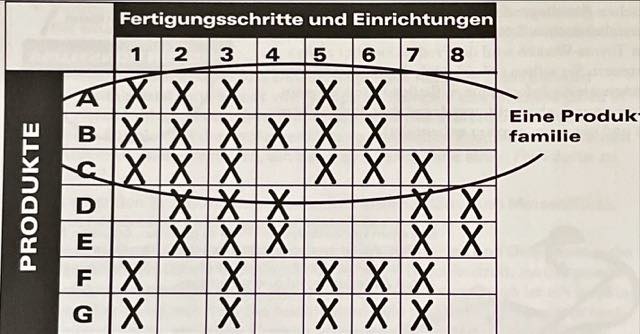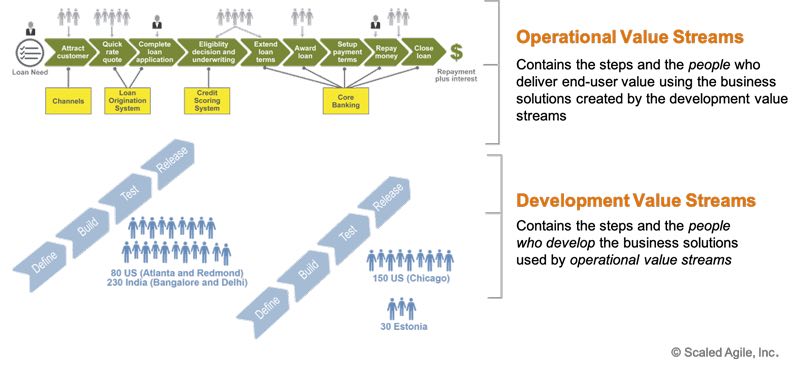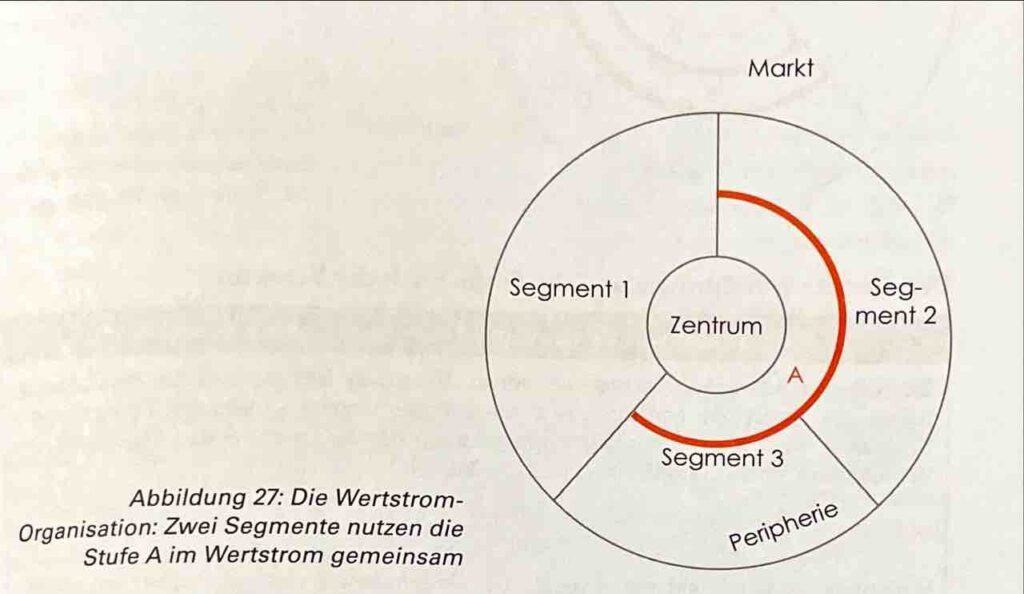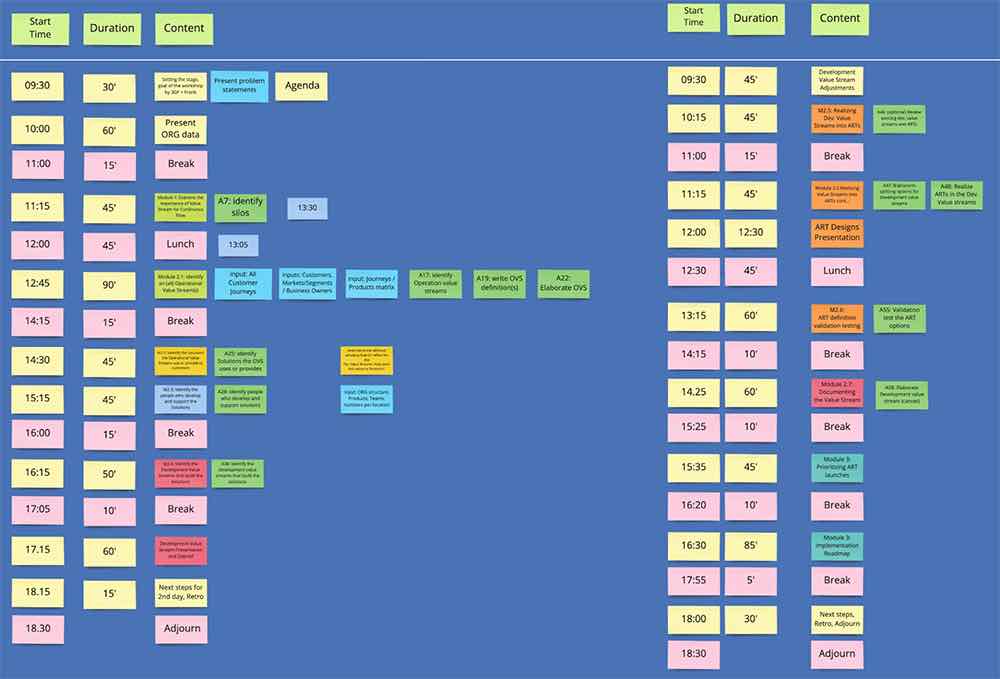Value streams - who would disagree with that - are a great thing. It borders on economic blasphemy not to at least pay attention to them. But it also seems that the more they come into focus, the more of them there are. Is that a curse or a blessing? Let's take a look!
What a value stream is again
Before we dive into the details, let's take another look at how the idea of the "value stream" can be explained. First of all: value stream. Or rather: stream of value creation. This makes it clear: for every company that lives and survives, there is a stream of value creation. It can be wonderfully powerful, almost uncontrollable, or it can flow gently, rippling or meandering. Enough with the pictures, the message is clear.
Where there are value streams. Actually: where not. Let's hear from two experts:
"Wherever there is a product for a customer, there is also a value stream. The challenge is to see it. [...] A value stream is all the activities (both value-adding and non-value-adding) that are necessary to bring a product through the main flows that are critical to any product: the manufacturing flow [...] and the development flow from product concept to production start"
Mike Rother, John Shook: Learning to See. German title: Learning to See.
Oh, there was something. If you're now thinking: "Great, and what exactly is a product?", this article is warmly recommended to the Retina: /en/blog/articles-1/was-ist-eigentlich-dieses-produkt-351
According to Rother and Shook's definition, value streams comprise more than one product, potentially entire product families. What is that again? Let's quickly draw a picture:

The picture shows with desirable simplicity that there is at least one value stream in a company. In addition, there may be further value streams for each product or for a product family because the production steps are similar. Unfortunately, the authors do not address the fact that the development steps are also important here, sometimes even more important than the production steps, as I have emphasized in this article.
Special feature SAFe: Development or Operational Value Stream
A quick search in your favorite search engine will lead you to the Scaled Agile Framework (SAFe). Two clicks later, there are suddenly two types of value streams. Do they multiply by clicking?
Short answer: Yes.
But don't worry, there won't be more types in the SAFe world. The reason is that SAFe assumes a so-called dual operating system. The Dual Operating System divides the company into an organization that provides stable and therefore efficient services (products, services...) and an organization that can quickly generate innovations through the flexible, adaptive way of working in a network. I will leave the question of how useful this is for a future article.

© Scaled Agile, Inc.
The Operational Value Stream should provide stable and efficient services for customers. The Development Value Stream should provide everything that is necessary for this. In the example of a loan, a number of people work on the process that customers go through to take out and repay a loan. In turn, other people develop the software systems, for example.
According to SAFe logic, there are always at least as many value streams as there are products or product families.
The procedure for identification is the same as explained above. First, products or product families are identified. Then, in the second step, the development value streams are identified. The case studies from Lockheed Martin and Telecom are interesting for illustration purposes.
How many value streams does a company have?
It should hopefully be clear by now that there can be no concrete figure here that would be generically valid. The number of value streams is not tied to parameters and has no correlation to company characteristics. The logic is therefore not transferable from company to company.
Nevertheless, there are patterns of organization according to value streams. At this point, I would like to refer you to the book "Die Wertstromorganisation" by Torsten Scheller, which is well worth reading - you can win it at the end of this post. In the humble opinion of the author of this blog post, there is no better book on the subject in the German and English-language literature.
This picture, which is worth explaining, can be found in the book:

Accordingly, there are three streams of value creation in a company in which three segments have been identified (these can be business units, for example). Segments two and three jointly use level A. All three segments also use the services from the center.
How can I identify value streams in knowledge-intensive contexts?
It's actually quite simple. I only need the key people who are actually involved and two days' time. Then organize a workshop and you have an overview of the value streams and even a roadmap for further change. The picture below shows how we did this for a division with over 1000 people.

Admittedly. It wasn't easy at all. It involved a lot of preparatory work, structured interviews, analysis of products, existing key figures, the vision and strategies, stakeholder management and much more. Not to mention the fact that the two-day workshop was anything but relaxed. Neither for me as the moderator, nor for the more than forty participants.
Anyone who claims that value streams are simple is simply not doing justice to the real complexity inherent in such a large organization.
But it's the same with flying: just because you've seen a movie about it doesn't mean you can do it yourself 😉
And how many value streams do you have?
What about the idea of value streams in your company?
How many value streams are there?
We are giving away the book "The Value Stream Organization" by Torsten Scheller to all those who take part in an exchange by leaving a comment here.

Write a comment